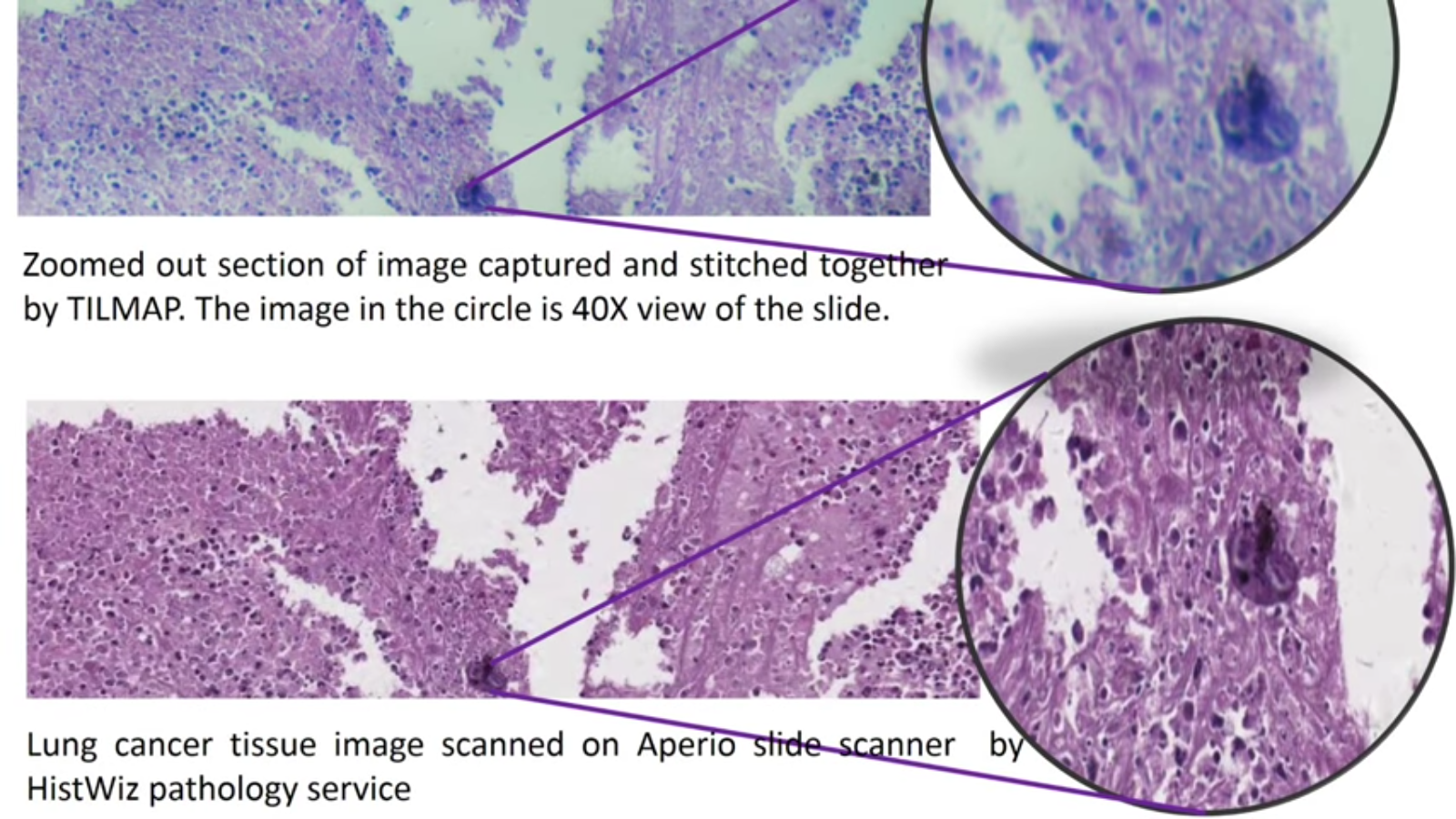Devin Willis, a student from Boca Raton in Florida has created an innovative device to automate cancer detection using 3D printing and computer programming. The 14 year-old is currently a finalist in the 2017 Young Scientist Challenge which he entered three years ago with his device, the SLIDEMAP.
Automating cancer detection
Devin has used 3D printing and computer programming to create a machine that can make the cancer detection process more automated. As one of the leading causes of death in the U.S, Devin believes his device can radically improve detection before it is too late. Devin explains in his competition entry video the difficulty for histopathologists to detect cancer is due to the time and labor involved. Histopathologists are those that diagnose and study disease by understanding the patient’s cells and tissue samples.
With the device, Devin hopes to speed up the process of analyzing millions of cells and improve accuracy of diagnosis. According to the student, doctors only agree on their interpretation of histopathologic images 75% of the time. With the SLIDEMAP, Devin expects to improve accuracy with computer automation and machine learning algorithms that can scan and recognize features of a tumour. His method could be used as a validation for a doctor’s diagnosis or in order to bring certain areas of the scan to the doctor’s attention.

Developing countries
While cancer is also becoming more prevalent in developing countries, as Devin explains, they do not generally have a sufficient number of histopathologists. The student explains the SLIDEMAP is additionally intended to provide an accessible means for developing countries to treat cancer.
According to Devin, the machine can be built for under $1,000 which is a drastic reduction from typical cancer detection machines that cost around $250,000. However, Devin is not satisfied there and will look to make the device even cheaper, more user friendly and compact.
Speaking to local news WPTV, Devin reveals how is grandfather recently died of cancer and his father is a cancer researcher so the disease is unfortunately quite close to the student’s heart. As part of the Discovery Education and 3M Young Scientist Challenge, the entrants are provided with a mentor and Devin’s 3M scientist mentor John Henderson, explains the significance of the device to WPTV,
Cancer diagnosis is a manual process, so it can take a while before a patient receives their biopsy results to learn if they need treatment. In one elegant bundle of technology, Devin’s invention automates this detection step and could also improve diagnosis accuracy. On top of that, his device is much lower in cost than existing alternatives, which reduces the barrier for developing countries to improve standards of care.
3D printing seems to have become a useful tool in researching this disease as we recently reported on a study which analyzed the effectiveness of 3D printing in cancer research with claims the technology can be used to produce in-vitro cancer cells. 3D printing has also been used in the treatment of cancer with French researchers creating a 3D printed breast implant lattice for reconstruction surgery.
To stay updated with all the latest 3D printing news, subscribe to the most widely read newsletter in the 3D printing industry, follow us on twitter and like us on Facebook.
Featured image shows a histopathologic image of oral cancer cells. Image via Wikimedia Commons.



